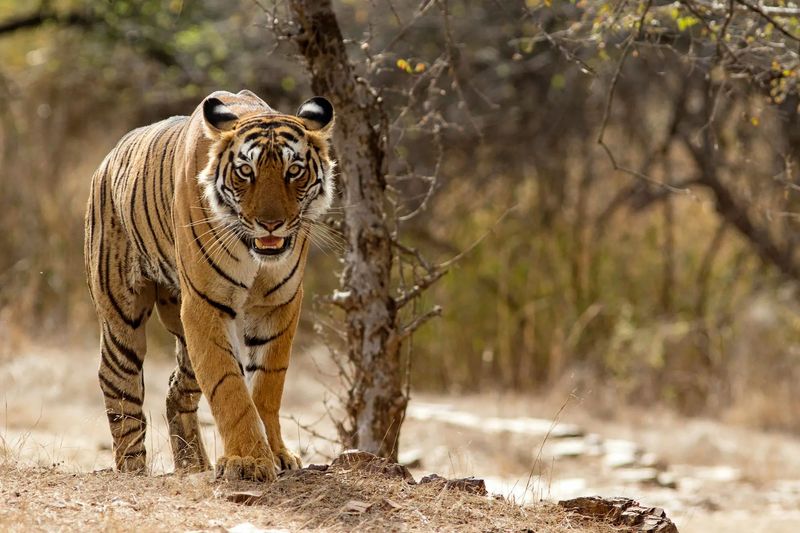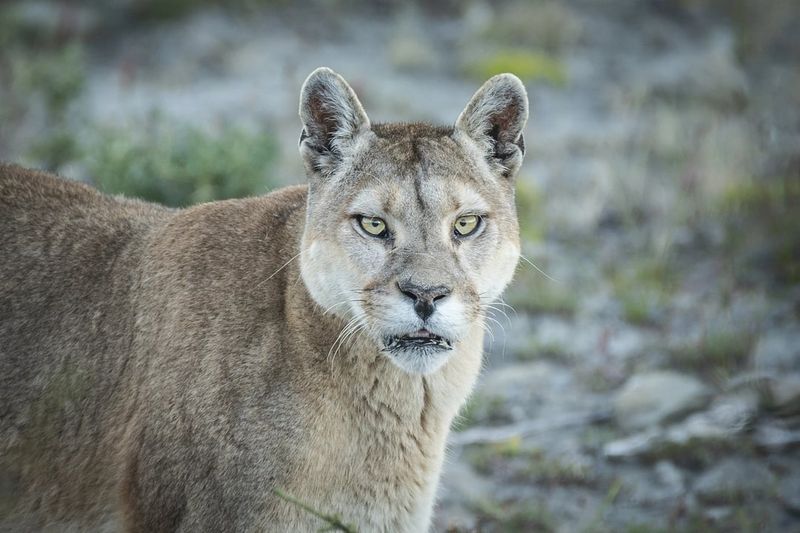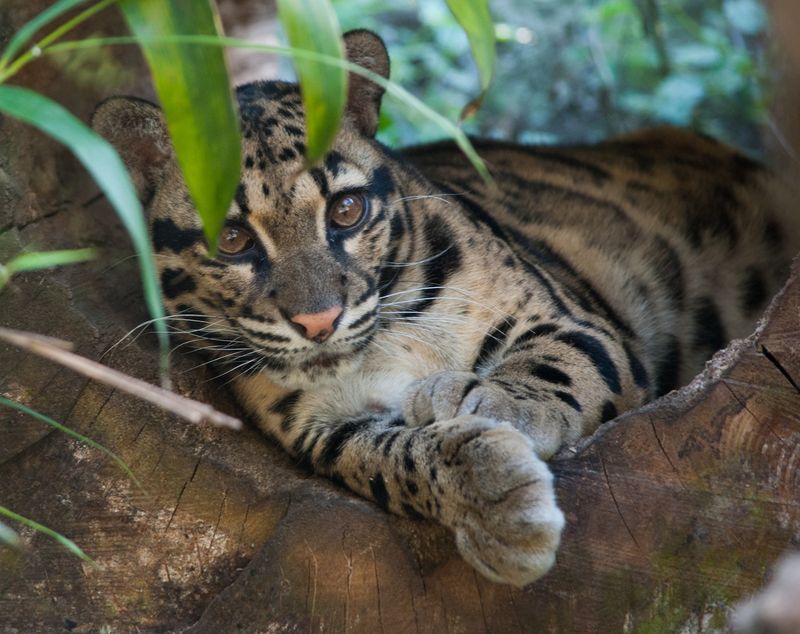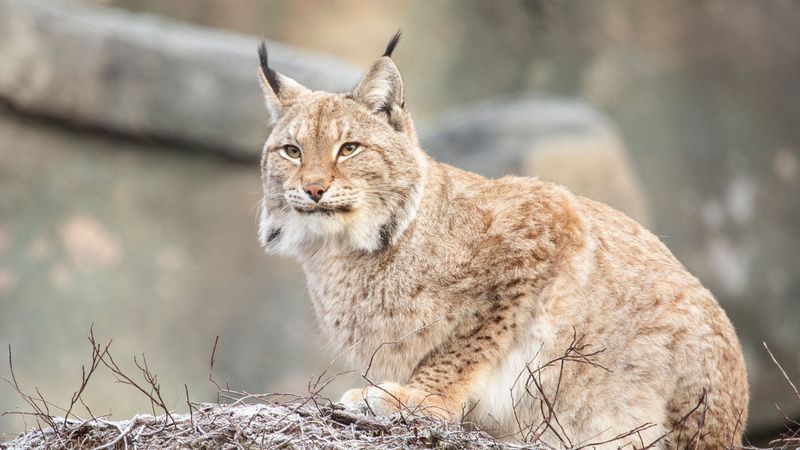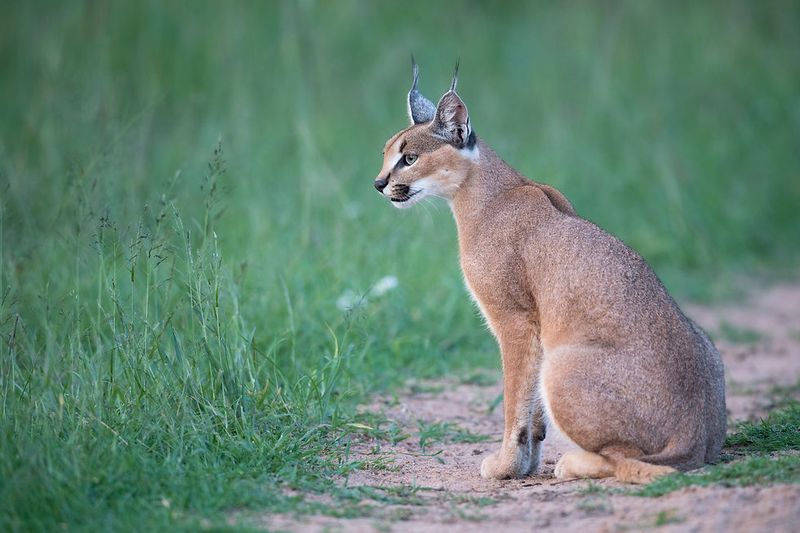📖 Table of Content:
Big cats stand among nature’s most awe-inspiring predators, blending strength, agility, and grace seamlessly. They inhabit diverse environments, ranging from lush jungles to vast open savannahs. Their presence commands respect and fascination across the globe.
These powerful felines exhibit incredible stealth and hunting prowess, making them dominant figures in their ecosystems. Each species has adapted uniquely to its surroundings, showcasing a variety of striking physical traits and behaviors. Their elusive nature often makes encounters rare and memorable.
Wildlife enthusiasts and adventurers seek these magnificent animals for the thrill of witnessing raw beauty in the wild. Observing big cats in their natural habitats offers a deep connection to the wild world. Such moments remain etched in memory, inspiring admiration and conservation efforts.
1. Lion
The king of the jungle actually prefers open grasslands and savannahs. Male lions sport impressive manes that signal their health and genetic fitness to potential mates. These social cats live in prides consisting of related females, their cubs, and a few adult males.
The best place to see lions is in East Africa, particularly the Serengeti National Park in Tanzania and Maasai Mara in Kenya. During the Great Migration (June to October), lions feast on the abundant prey.
South Africa’s Kruger National Park also offers excellent lion-spotting opportunities year-round, with experienced guides who know the territories of local prides.
2. Tiger
Instantly recognizable by their orange coats with black stripes, tigers are the largest cat species on Earth. Each tiger has a unique stripe pattern – like a fingerprint. Unlike lions, these powerful hunters prefer a solitary lifestyle in forests and grasslands.
India’s Ranthambore and Bandhavgarh National Parks offer prime tiger-viewing opportunities. The Bengal tigers here often cool off in water during hot days, creating perfect photo moments.
For Siberian tigers, the world’s largest tiger subspecies, head to Russia’s Far East, particularly the Sikhote-Alin mountain range, though sightings are rare due to their endangered status.
3. Jaguar
Jaguars stand out with their compact, muscular build and rosette-patterned coats. These stealthy predators possess the strongest bite force of any big cat, capable of crushing turtle shells and caiman skulls with ease.
Brazil’s Pantanal region offers the world’s best jaguar-watching opportunities, especially during the dry season (June to October). Along the Cuiabá River, jaguars frequently emerge to hunt along the banks.
Belize’s Cockscomb Basin Wildlife Sanctuary, the world’s first jaguar preserve, provides another opportunity to spot these elusive cats. Though sightings aren’t guaranteed, the sanctuary’s conservation efforts have helped stabilize local jaguar populations.
4. Leopard
Masters of camouflage, leopards blend perfectly into their surroundings with rosette-spotted coats. These adaptable cats thrive across Africa and parts of Asia, from rainforests to deserts and mountains.
Leopards are famous for hauling prey twice their weight up trees to protect it from other predators. South Africa’s Sabi Sands Game Reserve, bordering Kruger National Park, boasts some of the world’s highest leopard densities.
Sri Lanka’s Yala National Park offers exceptional leopard-viewing opportunities, with one of the highest leopard concentrations globally. Early morning game drives provide the best chance to catch these nocturnal hunters returning from their nightly prowls.
5. Snow Leopard
The elusive ghost of the mountains inhabits some of Earth’s harshest environments. Snow leopards have evolved perfectly for high-altitude living with thick fur, wide paws for walking on snow, and extra-long tails for balance on steep terrain.
Hemis National Park in India’s Ladakh region offers dedicated snow leopard treks during winter months (January to March). When the snow pushes prey animals to lower elevations, snow leopards follow.
Mongolia’s Hustai National Park provides another opportunity to spot these rare cats. Local conservation programs work with communities to protect snow leopards while offering guided wildlife tours with experienced trackers who understand these secretive predators’ habits.
6. Cheetah
Built for speed rather than power, cheetahs can accelerate from 0 to 60 mph in just three seconds. Their slender bodies, small heads, and distinctive tear marks make them easily identifiable among big cats.
Namibia’s Etosha National Park harbors healthy cheetah populations across its vast plains. The open landscape allows visitors to witness the cheetah’s incredible hunting technique – a high-speed chase followed by a precise trip maneuver.
Kenya’s Maasai Mara also offers excellent cheetah sightings, particularly during the Great Migration. Early morning game drives increase chances of seeing cheetahs hunting, as they primarily hunt during daylight hours, unlike most big cats.
7. Puma
Also known as mountain lions or cougars, pumas range from Canada to Argentina, making them the most widespread big cat in the Americas. Their tawny coats and powerful hind legs help them navigate diverse terrains from mountains to forests.
Torres del Paine National Park in Chilean Patagonia has become a puma-watching hotspot. The open landscape and growing puma population provide excellent viewing opportunities, especially during their active hunting periods at dawn and dusk.
California’s Sequoia and Kings Canyon National Parks harbor healthy puma populations. Though extremely difficult to spot due to their secretive nature, dedicated wildlife tours with experienced trackers can increase your chances.
8. Clouded Leopard
Neither a true big cat nor a small cat, clouded leopards occupy their own evolutionary branch. Their cloud-like markings and exceptionally long canine teeth make them distinctive among felines.
These medium-sized cats possess remarkable climbing abilities, rotating their ankles to descend trees headfirst like squirrels. Borneo’s Danum Valley Conservation Area offers the best chance to spot wild clouded leopards amid pristine rainforest.
Thailand’s Khao Sok National Park also harbors these secretive cats. Night safaris with experienced guides provide opportunities to glimpse their reflective eyes among the trees. Conservation efforts in both locations focus on protecting these vulnerable cats from habitat loss and poaching.
9. Eurasian Lynx
The largest of the lynx species, these medium-sized cats thrive in northern forests across Europe and Asia. Their tufted ears, short tails, and snowshoe-like paws make them perfectly adapted for snowy environments.
Finland’s Eastern Forests near the Russian border offer some of Europe’s best lynx-tracking opportunities. Winter is ideal as fresh tracks in snow help guides locate these secretive predators.
Romania’s Carpathian Mountains harbor healthy lynx populations within their extensive forests. Local wildlife tours employ camera traps and tracking techniques to increase sighting chances. Though rarely seen directly, finding their distinctive tracks and kill sites provides fascinating insights into their behavior.
10. Caracal
Famous for their striking ear tufts and reddish-gold coats, caracals are medium-sized cats adapted to semi-arid environments. Their powerful hind legs enable extraordinary leaps to catch birds mid-flight.
South Africa’s Karoo National Park offers reliable caracal sightings amid its semi-desert landscape. These athletic cats are most active at dawn and dusk when they hunt small mammals and birds.
Namibia’s Namib-Naukluft National Park also provides opportunities to spot caracals against dramatic desert backdrops. Their excellent camouflage makes them challenging to spot, but their distinctive tracks in the sand help guides locate active territories.
11. Serval
Servals possess the longest legs relative to body size of any cat, allowing them to see over tall grass and pounce with precision. Their oversized ears can detect prey moving underground, making them efficient hunters.
Tanzania’s Ngorongoro Conservation Area offers excellent serval sightings across its grassy crater floor. These spotted cats hunt primarily at night but can often be seen during early morning hours.
Kenya’s Amboseli National Park, with its mix of wetlands and grasslands, provides ideal serval habitat. The contrast of these golden cats against the backdrop of Mount Kilimanjaro creates spectacular viewing opportunities. Their distinctive hunting leap, called a “pounce,” can be witnessed as they catch rodents in tall grass.


